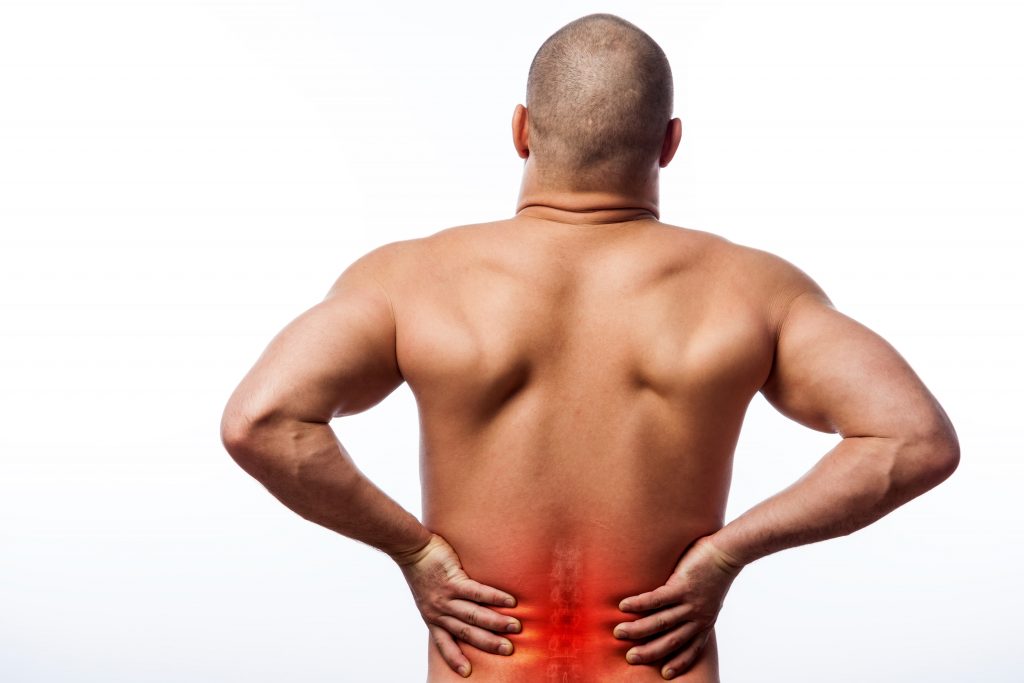PATIENT EDUCATION ON LOW BACK PAIN

- `Up to 80% of the US population will experience some form of low back pain in their lives. Symptoms may appear suddenly as a result of either heavy activity or a relatively gentle movement.
- Pain more often will start as a result of sustained positions or repeated movements over a longer time period.
- Most people will have complete resolution of pain within two weeks not requiring doctor’s visits, prescription anti-inflammatory medication, or therapy.
- Rarely will a low back injury require surgery.
Symptoms of Low Back Pain
- Pain may appear either in the center near the spine, more to one side, or across the entire lower back.
- Symptoms may also appear in the buttock, thigh, lower leg, or even the foot.
- The leg symptoms may be pain, tingling, numbness, a feeling of weakness, or a combination of these elements.
- Generally, the lower the symptoms spread into the leg, the more severe the condition is considered.
Tips:
Best sitting position for low back pain
- If the pain comes on during prolonged sitting in a slumped position, and straightening the posture eliminates it, usually the only necessary treatment is correcting the posture.
- While sitting, choose firmer chairs that support the back instead of softer surfaces that allow you to sink in and curve the back.
- Sit all the way back into the seat allowing it to support you and straighten the spine.
- Use a lumbar support or a small roll positioned behind the waist to help maintain good posture in sitting.
- Take breaks from sitting about every 30 minutes to stand or walk.
How to lift weights safely to avoid back pain
- Activities involving repeated bending or lifting can result in back pain.
- Whenever possible, lift by bending the hips and the knees keeping the spine relatively straight.
- Pull the object in close to your waist to make the load as manageable as possible.
- While carrying, move with your feet, and do not twist at the trunk.
- Any heavy activity needs to be completed in moderation. Take frequent breaks from things such as gardening, shoveling, and moving furniture.
How to Sleep with Low Back Pain
- Sleeping or lying down unloads the spine, but positioning is important while resting.
- Choose a mattress that best supports your spine. Try the mattress in the store and lie like you would usually at home. More people respond better to mattresses that are firm, but not too firm.
- When lying on the side, consider placing a pillow or cushion between your knees.
- Upon waking, change position slowly. If you are on your back, turn to the side, place yourself close to the edge, and let your lower legs hang off the side as you rise.
- Allow 30 to 60 minutes after waking to perform any activity that bends your spine forward like reaching down to the floor.
When to seek medical attention for back pain
- If the symptoms intensify, spread farther into the leg, or do not resolve in two weeks, seek the advice of a medical professional. Physical therapy is usually the first course of recommended treatment and is often successful in reducing pain.
Author:
Clinical Advisor,
Mr. Kris Heintzelman PT, DPT, OCS, MDT. graduated with a doctorate in physical therapy from Arcadia University in 2003. During his 12 years in the clinic, he has gained the most experience in orthopaedics, particularly the spine. In 2010, he was certified in the McKenzie method of Mechanical Diagnosis and Therapy. Kris is a clinical instructor, and he has experience as a lab instructor for Arcadia University and Widener University. Currently, he is part of the multi-disciplinary concussion program at Bryn Mawr Rehabilitation Hospital, and he has initiated an orthopedics cervical spine mentoring program for other staff therapists.
If you are experiencing any of the above symptoms, search our provider list to get treated effectively.
